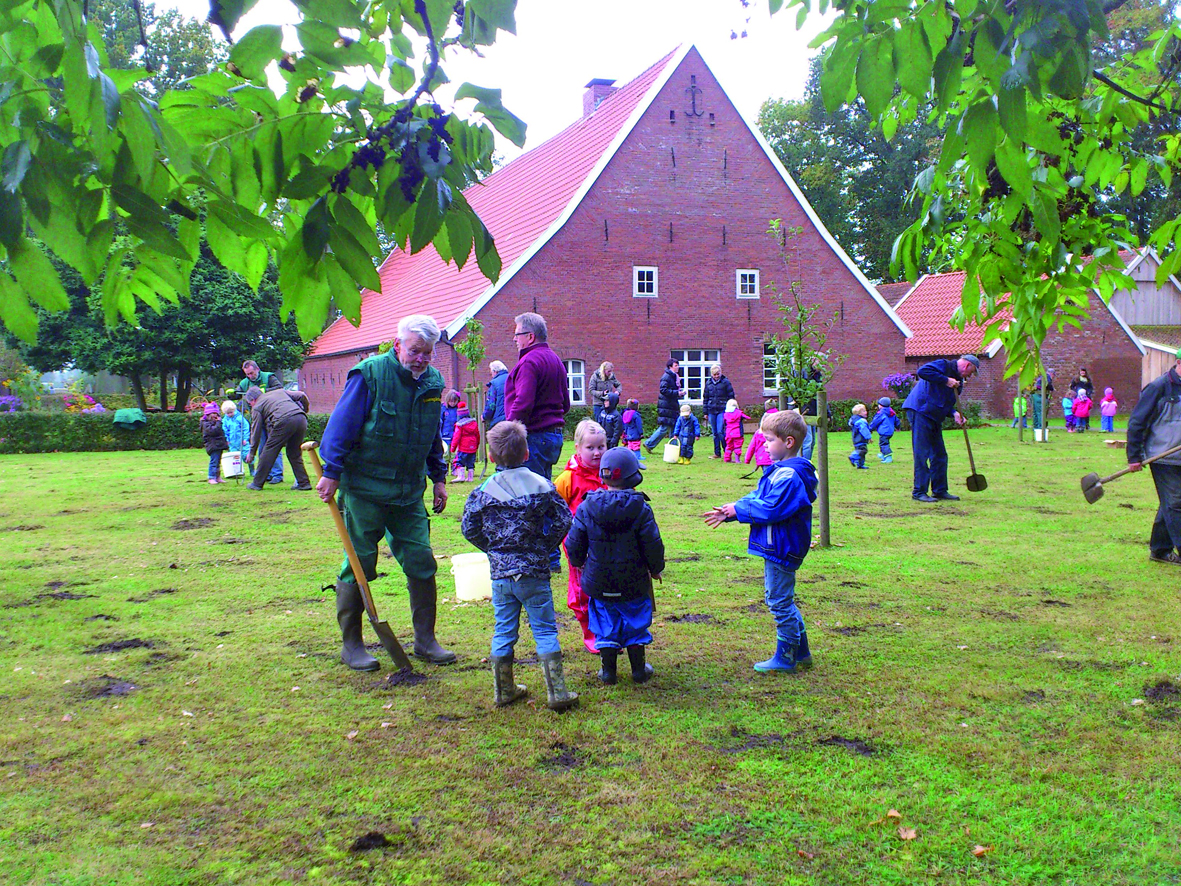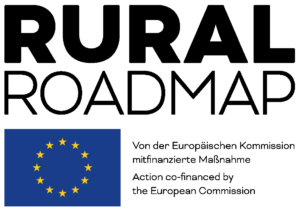
Oberlangen, Lower Saxony, Germany
The municipality Oberlangen with its some 950 inhabitants is located in a landscape that changed greatly over the last 60 years. Large marshlands as well as sand and dune areas were transformed into agricultural areas, which led to a boost in the agricultural production. The closely connected handicraft was boosted as well, and with it the village became a multifunc-tional, attractive work and living space.
During this process, the village succeeded to remain an independent municipality and to maintain or establish all necessary infrastructures. Thus, there is a sufficient and diversified supply of housing facilities, which meet various needs. There is a high number of work places in handicraft and commercial enterprises as well as the service sector. Gastronomy, leisure facilities, kindergartens, schools and much more add to the broad variety of options.
There is intense contact and cooperation with neighboring municipalities in order to use synergies especially in the field of infrastructure. Additionally, there is an intercommunal industrial and commercial area that was established 20 years ago. The first steps towards autonomy are thereby facilitated – especially for young entrepreneurs.
Remarkable about Oberlangen is the great care for the appear-ance of the village, which is not limited to public buildings and spaces, but also includes every single private house and yard. Numerous renovated landmarked buildings are characteristic for the village. The church built in the 1950s, centerpiece of which is a baroque altar, is especially outstanding as it is a great example for the architectural symbiosis between old and new.
The “Heimathaus” and the attached farmer’s garden have become a cultural and social meeting point. During the times of National Socialism, a detention camp was located in Oberlangen. This dark chapter of the municipality’s history is respon-sibly accounted for – a memorial for the victims is being created.
Nature and landscape production are prioritized. Almost 60 hectares of marshlands and their surroundings were declared sanctuaries, which developed into important habitats for flora and fauna. Parts of the Ems River were renaturated, typical orchards were created.
A major strength of the municipality is its committed population, which is characterized by its great will to co-create, co-decide and collaborate. The associations are diverse. There is a high number of ideas – also for future projects and development goals, which are logical continuations of what was already achieved. Thus, the main focuses include the further extension of the education and child care system and the creation of assisted living spaces for the elder generation. The maintenance and expansion of the great infrastructure is also prioritized as the responsibles as well as the population know: the opportunity to “Lead a better life” is essential for the sustainability of the municipality.
Evaluated: 2014



